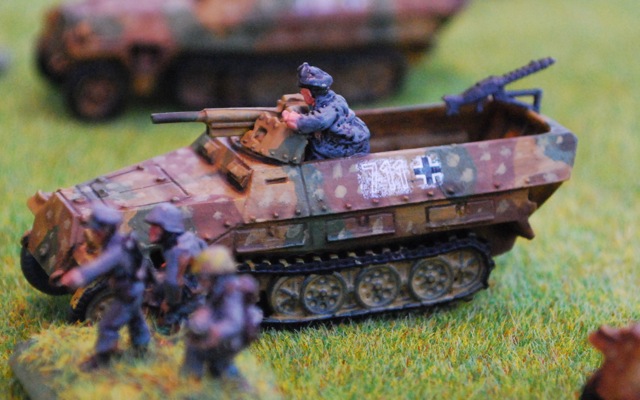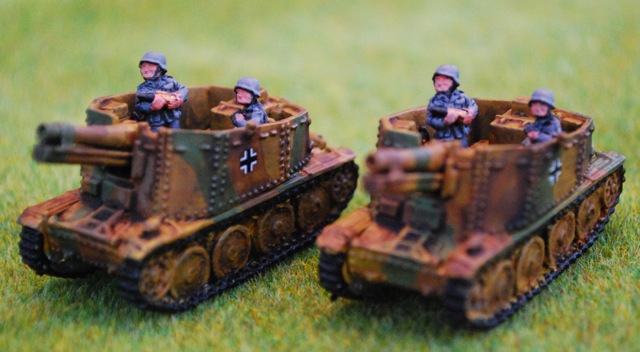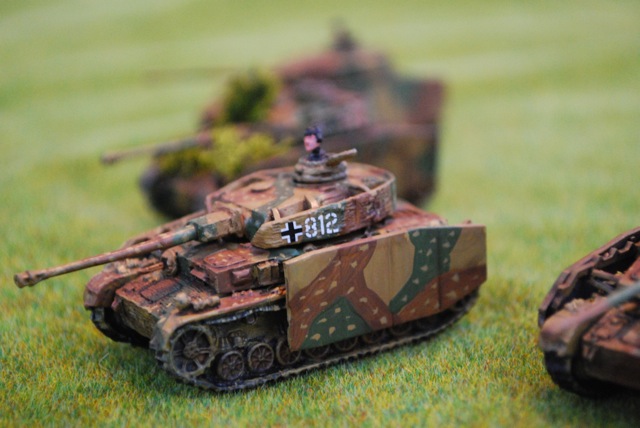Reposted as I inadventently deleted it.
Like all stories this story starts with a city, an incredible city. Alzahar, rising from the rocky wastes, animpossible mountain of jumbled dwellings and houses, as baked yellow and brown as the wastes themselves, a thousand years of habitation piled on top of each other, inconceivable in this waterless land. Trade routes from far off lands converged upon this point and the city lived for the bellow of camels, the aroma of heavy spices and the flow of gold from hand to hand. As the weary traveller approached across the rock shards of the wastes, the secret of Alzahar became visible, the great rift, hidden from distant sight, that carved through the wastes and out into the sand sea, where the waters of the Gualf emerged from their underground course and cut a great gorge through the soft sandstone of the wastes. Here, a thousand feet below the wastes, were gardens and fields of plump dates, rushes and birds nesting in the caves that lined the cliffs. And at the head of it all, at the point where the stygian river emerged into the harsh glare, straddling the head of the gorge was the great city itself, hewn from the dust-coloured stone on which it sat, rising like a cancerous tumour from the rock itself. Alzahar, the very heart of the world.
The arrival of a caravan from across the wastes was not an event of import in the life of Alzahar. It required a few officials to bestir themselves in order to inspect the burdens the camels carried, assess and log the contents, fill out forms and register the travellers. It bestirred the crowd of beggars and children and crowded round the newly-arrived offering services that they needed after weeks in the desert; a room, a bath, food, companionship, a beautiful girl, or several. To the seasoned traveller these were annoyances, they had favourite haunts, long term companions, places they knew were clean in every sense. To the first time traveller, they could be deadly, leading to a blind alley in the furthest reaches of the city and a quick end.
This morning’s caravan was no different to any other, arriving in the early hours before the midday sun started to beat down mercilessly. It came from over the Bathan hills and from the far off port of Arcolan, on the Inner Sea, part of the Empire. It brought goods that only the Empire could provide, cheap but well made swords and spear-heads, beautifully decorated pattery in the latest styles, salt. Amongst the travellers however was one who was new to Alzahar, white skinned after the fashion of the Sealanders. The crowd by the gate marked him, the desert traveller attire badly worn, by one not used to it, but also the outline of a sword visible under the long robe, the hilt occasionally visible as he moved.
Formalities past, he hefted a small bundle over his shoulder and after a few brief words and directions from the caravan leader strode off, taking the central road out of the irregular market place by the west gate. The caravan would take the large road that ran south along the city wall, towards the rich merchants quarter, but the central road he took led upwards, twisting and turning past the blank fronts of ancient buildings, into the very heart of the city. Alzahar had not been built on a hill, but war, local feuds and the passage of ages had crumbled many of the oldest builsings of the city to rubble and future generations, had just built upon the wreckage that they couldn’t salvage. As a result the centre of the city had risen gradually higher and higher and the few truly ancient buildings that still stood now opened to the street on what had been their third or fourth floor, everything below relegated to unlit basements. The city stood not so much on a hill as on a termites nest, riddled with long abandoned cellars, rooms and tunnels, home to vermin and those who preferred to conduct their business in the dark.
The buildings towered overhead, cutting out the bright sun and keeping the street cooler than expected. The street wound onwards, past doorways barred with great metal bound doors of wood so ancient, desicated and worm eaten that they looked as if a single blow would shatter them. A small gaggle of children and youths followed, eager to see where the stranger was headed, if he knew him himself. At each turning he stopped, considered and then took the higher road, or at least the road that seemed initially to lead higher, until at last he emerged again into the light, in an irregular and empty square at the top of the city. Opposite him stood a large building, its great gate, large than any other seen so far, flanked by a pair of stone towers. Above the gate was a stone arcade or loggia, a balcony facing the square below.
Crossing the square the stranger banged on the gate, the noised echoing around the square and hollowly within. Nothing stirred, save an old beggar on the corner of one of the other streets that led into the square, who sidled slowly over, hobbling and hawking as he came.
“No-one there†he said, “no-one there long time†he continued in a strange argot of local Sidelhian and the Rhamonian of the Inner Sea.
“But this is the palace of the king?†asked the stranger, in a different version of the same argot.
“Once, once was, no king here now.â€
“Where is he then?â€
“I take you, maybe, it is good for me, maybe†the beggar suggested.
“Yes, the king. I will give you money if you take me to the king.â€
The beggar turned and shuffled off across the square towards yet another narrow street. The stranger stayed standing in front of the palace. Turning, the beggar gesticulated widlly at him – “Come, come, here, this wayâ€.
Making his mind up the stranger bent down to straighten his boot and then strode across the square, catching the hobbling beggar in a few short strides. The beggar hobbled into the narrow street and then took a side alley that descended a sharp set of stairs, which he negotiated with difficulty. He then entered a maze of smaller streets in the north end of the city. The stranger was no innocent and he recognised that this was a dangerous situation. His senses searched the area aroudn for possible threats and his unease was rewarded when suddenly in a narrow alleyway, there was a scuffle of feet, and two other men burst out from a side alley. The stranger’s reactions were cat-like. He turned and his left hand shot out, the dagger concealed in the palm flying across the intervening gap and hitting one of his assailants in the face. He continued turning, drawing his sword as he went. The straight blade flashed out in a wide circle and decapitated the beggar as it went, his head spinning off into the corner and the knife falling clattering from his hand. The sudden moment of silence was broken by a shout from the ruffian behind him and a scream from the one he had hit. He ran, not pausing to look behind him, but hearing the sounds of feet in pursuit. He turned a corner and continued down another blank alleyway, when he saw a dark-robed figure, armed with a scimitar, enter the alleyway from a turning ahead of him. Turning back was not an option, but he had already noted one of the buildings in the alleyway was little more than a ruin, its doorway gaping open darkly, its upper storeys little more than rubble.



